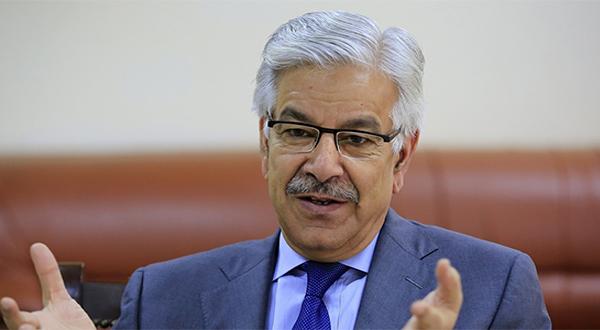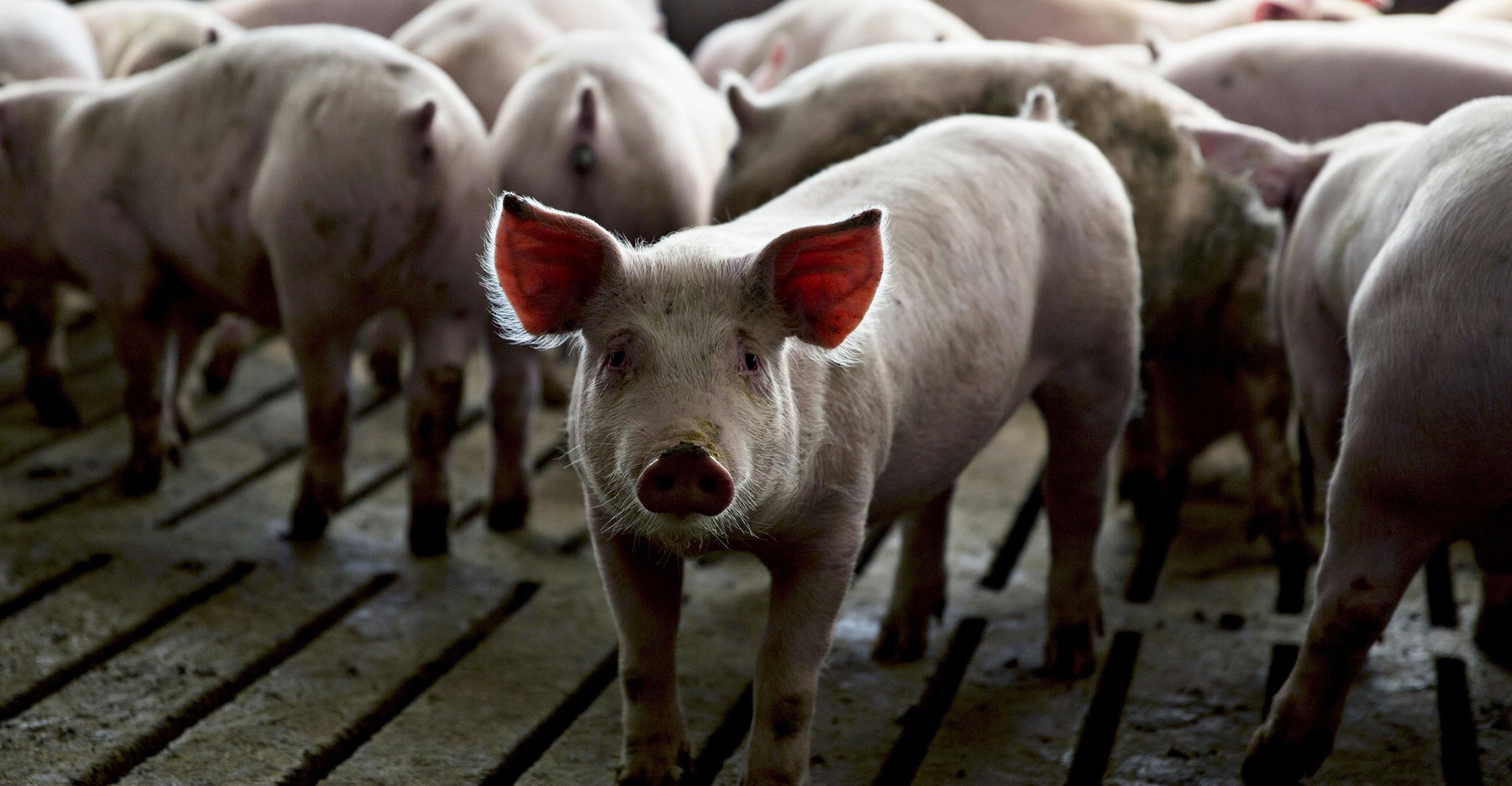PTI's three years in govt and some facts
People are getting prosper. My figures are real, not PML-N's Ishaq Dar's. The army, the judiciary, the politicians all make mistakes, any institution can make mistakes. In the past I also criticized the army and its mistakes but it doesn't mean you start cursing your armed forces.

The mafias are behind the army so that the latter could overthrow the government, the path of change is very difficult, there is no shortcut to success, no one can become a leader by grabbing a slip, our government was inexperienced, the country was about to go bankrupt, Rs 4700 billion in taxes are being collected, cement sales have increased by 40 per cent, motorcycles, vehicles and tractors have been sold in record numbers, so it means people are prospering."
These are some of the things that Prime Minister Imran Khan said in his address at a function held at the Jinnah Convention Center Islamabad over the performance of his party Pakistan Tehreek-e-Insaaf on the completion of three years of his government. After watching the event organized by the PTI and listening to the speeches delivered in it, one has to admit that this party has expertise in event management. The manner in which they celebrated their victory in the hall of the Islamabad Convention Center, the speeches and songs that were presented and the compliments that were offered made it seem as if Pakistan had truly come a long way. The streams of milk and honey have begun to flow and poverty seems to have been completely eradicated. But when I look at the facts as a Pakistani journalist cum analyst to fulfill my professional duties the situation is different on ground.
There is no doubt that the Corona epidemic has adversely affected the economy around the world, which has not only increased unemployment and poverty, but also the people are facing a storm of inflation. Pakistan is one of the fortunate countries where, by the grace of Allah Almighty, the epidemic has not only been reduced but has been largely overcome. It has always been a tragedy of our politics that their debris is dumped on others to hide their incompetence. The same is true of a change of government.
When PML-N came to power in 2013, Pakistan was ranked 127th in the Transparency International's Corruption Perceptions Index, and it was ranked 117th in 2018. If you look, in the same index released in 2020, Pakistan has gone back to the 124th position in PTI regime. This means the situation of corruption in the beloved homeland was seven times better in the eyes of the world under the government of "thieves" (PML-N).
While reviewing various aspects of the PTI regime, let's first talk about food prices. According to the Federal Bureau of Statistics, between August 2018 and August 2021, a 20kg bag of flour became more expensive by Rs362.33, sugar by an average of Rs50 per kg, lentils by Rs43, peanuts by Rs68 and lentils by Rs29 per kg. It has become expensive. Mutton became expensive by Rs337, beef by Rs169 per kg and broiler chicken by Rs37 per kg. Fresh milk became costlier by Rs25 per liter, yoghurt by Rs26 per kg, eggs by Rs58 per dozen, domestic cylinder of LPG by Rs530. The prices of Banaspati ghee and edible oil have doubled as compared to 2018. The price of 16kg ghee and edible oil was Rs2,200 on May 31, 2018 which has increased to more than Rs4,400 today. Cooking oil, which used to fetch an average of Rs190 per kg in 2018, is now selling at Rs340 per kg.
According to a survey conducted by Apsos in June 2020, 91 to 98 percent of Pakistanis have no knowledge of economic terminology. They don't know anything about GDP, economic growth, revolving deficit, etc. All they care about is whether they have the money to pay for their household expenses, including electricity, gas and water bills. One year after the PTI came to power, in the fiscal year 2019, Pakistan's GDP fell by 11% from $314 billion to $278 billion. It declined further during the last fiscal year and GDP reached $263 billion. Although it has now reached $296 billion, it is still lower than in the past. Before the PTI came to power in August 2018, the country was growing at a rate of 5.5 percent in fiscal year 2018, but after coming to power, the country's growth rate declined due to poor economic policies of the PTI government. In FY 2019, Pakistan's economic growth rate slowed to 2% with a decline of 166%. Similarly, in the last financial year, the country's growth rate fell further to minus 0.4 percent. Earlier, negative growth in Pakistan's economy was seen in 1951 and 1952.
Hunters of the economy have replaced four ministers and finance advisers, while the 7th chairman of the Federal Board of Revenue has also been appointed in three years. The current government has increased electricity prices seven times. So far, the electricity bills have been increased by Rs8.95 per unit. The unit of electricity which was Rs12 has now crossed Rs21 per unit. Prices of all agricultural inputs, machinery, seeds, pesticides are skyrocketing, with the price of DAP and urea fertilizer sacks rising by 30 to 40 per cent. The price of gas has been increased by 144%. The debt burden on the country's economy has been steadily rising. However, since the PTI came to power, the country's debt has increased by a record 52%. The pace of debt collection has accelerated over the past three years. In June 2020, Pakistan's outstanding debt was Rs44.50 trillion. The PTI government has borrowed more than Rs 3,000 billion from the PML-N in its three years.
Now let's talk a little bit about medicines. The incumbent government (with a slogan of change) has increased the prices of medicines a total of 13 times in the last three years, which is a total of 700 per cent. In addition, free medical tests and diagnostic facilities were abolished in all government hospitals.
How much better it would have been if the government had kept these facts in mind while celebrating its 3-year achievements!













